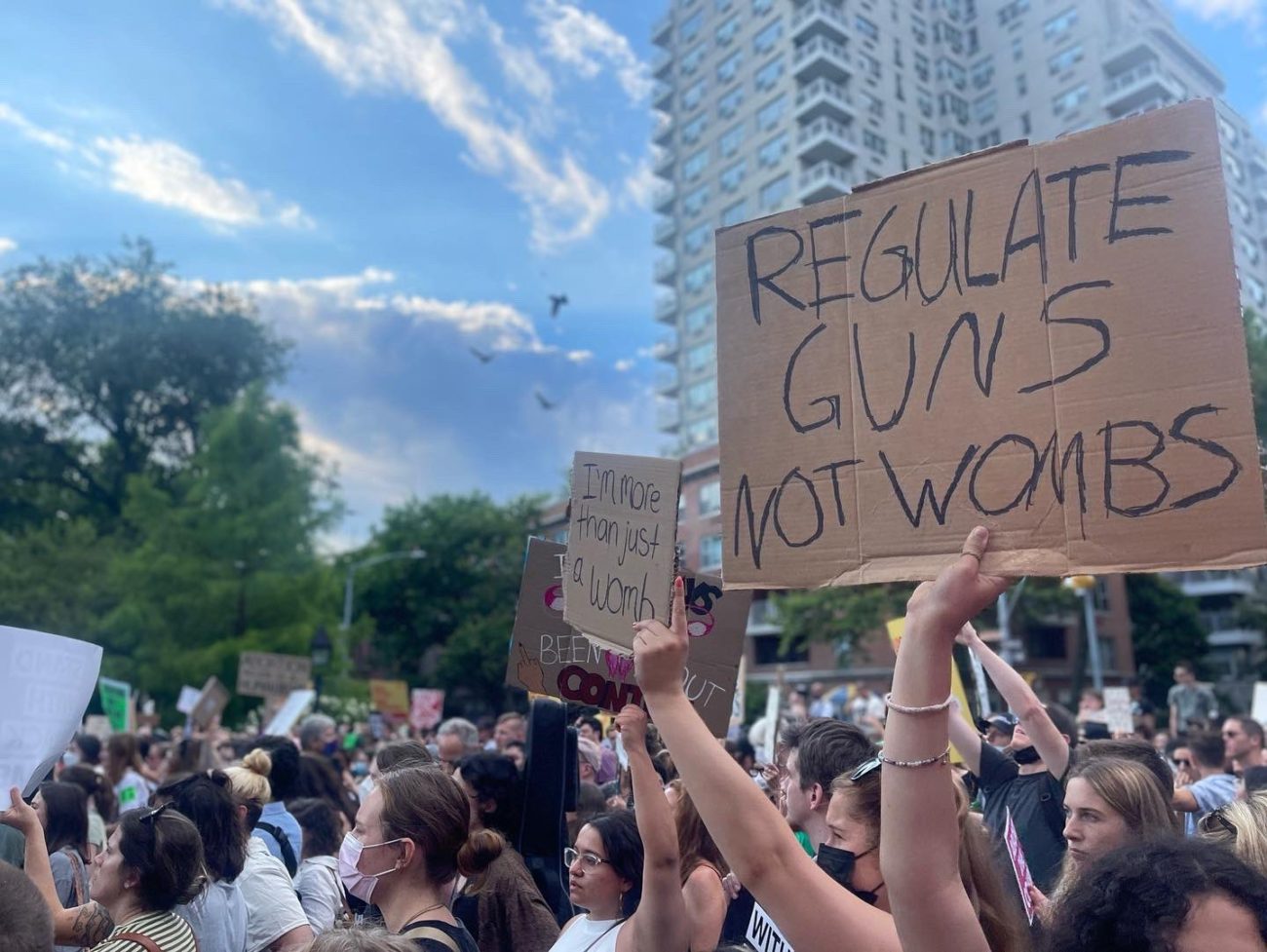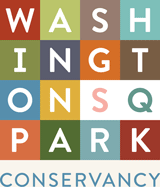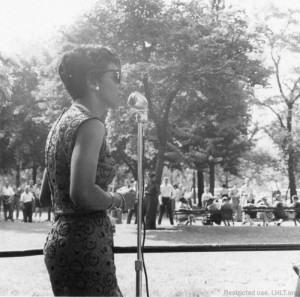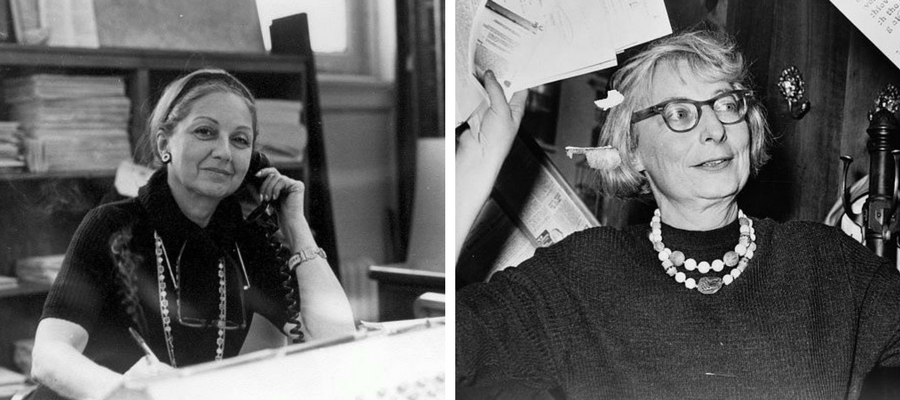The Women of Washington Square
Women’s history month is an opportunity to celebrate the women who have made innumerable social, economic, cultural and political contributions. A number of those remarkable and radical women have left their mark on Washington Square Park. From activists to Pulitzer Prize-winning authors, the Park is steeped in women’s history. We’d like you to meet just a few of the Park’s leading ladies.
EDITH WHARTON
It is easy to find literary works from authors who extol the virtues of Washington Square Park: its beauty, its quaintness, its uniqueness, its tranquility. Edith Wharton was not one of those authors. The New York Times once called her “The Manhattan literary giant who didn’t love New York.” Wharton chose to expose a different side of the Park, and the society that lived around it, that her contemporaries often avoided. She wrote about the Park’s shabbiness and the stifling nature of the world that claimed her.
For a short time in the late-1800s, Wharton lived along Washington Square North and in many of her novels, Washington Square makes an appearance. Her characters were often concerned that people living along Washington Square were simply middle class and the townhomes could not compete with mansions and fabulous apartments uptown. If you want to get an idea of Wharton’s Washington Square, pick up The Age of Innocence or The Custom of the Country.
LORRAINE HANSBERRY
A 1959 New York Times review of the original production of A Raisin in the Sun says the play “has vigor as well as veracity and is likely to destroy the complacency of any one who sees it.” Quite the accomplishment for Lorraine Hansberry, who was the first black woman to have a play performed on Broadway.
Hansberry wrote her masterpiece while living at 337 Bleecker Street. The resounding success of Raisin provided her the means to purchase a home on Waverly Place right by the Park. Before her Broadway debut, Hansberry was writing for the first nationally distributed lesbian magazine: The Ladder. As if her incredible writing wasn’t enough, Hansberry was also a voracious activist who fought for racial equality. During her time living and working in Greenwich Village, Hansberry could often be found making speeches and protesting in Washington Square Park. Though she passed away far too young at the age of 34, she still left quite a lasting impact on the Park.
SHIRLEY HAYES AND JANE JACOBS
Washington Square Park was opened to street traffic as early as 1870. Through its history, horse-drawn carriages, trolleys, cars, and even busses navigated through the Park. But come the 1950s, Park neighbors started to rethink this arrangement. With development pressures and design changes from Park Commissioner Robert Moses on the horizon, local women took up the call to stop traffic through Washington Square.
Shirley Hayes was an activist, mother, and Park-user, but she didn’t let a busy life stop her from founding the Washington Square Committee and leading a seven-year battle to fight larger roadways from being built in the Park. With the Committee behind her, Hayes collected more than 4,000 signatures from community members opposing Moses’ latest plan.
Jane Jacobs was a journalist, author, and Greenwich Village resident with a flair for activism that she carefully wielded to protect her beloved neighborhood. With Hayes, the two women spearheaded the battle against the dissection of Greenwich Village along with countless neighborhood women, including Eleanor Roosevelt. They threw everything they had into the fight for the Park, sending letters to the mayor, organizing media and rallying the community to support the cause. Their thoroughness and commitment not only prevented new traffic patterns through the Park, but stopped vehicles from driving through the Park once and for all. It is thanks to their efforts that we can now enjoy Washington Square Park completely traffic free.
WOMEN’S PROTESTS AT THE PARK
From early in its history, Washington Square Park has been a place for protests and demonstrations, and its reputation as such has helped to elevate important messages throughout history. Over the generations, hundreds women have journeyed to the Park to fight for their rights on a national stage.
On March 25, 1911, a disastrous fire at the Triangle Shirtwaist Factory claimed 146 lives, mostly young immigrant women. A week later, thousands of mourners passed through Washington Square Park, located just one block west of the factory, in solemn and tearful processions to draw attention to the horrific working conditions that led to the tragedy.
In the 1912 Labor Day parade, 20,000 workers – a quarter of them women – marched down Fifth Avenue and through the Arch to rally in the Park for improved working conditions.
Over 100 years later and women are still leading protests in Washington Square Park. Most recently, this past June the Park hosted thousands of protestors expressing outrage at the overturning of Roe v. Wade.




